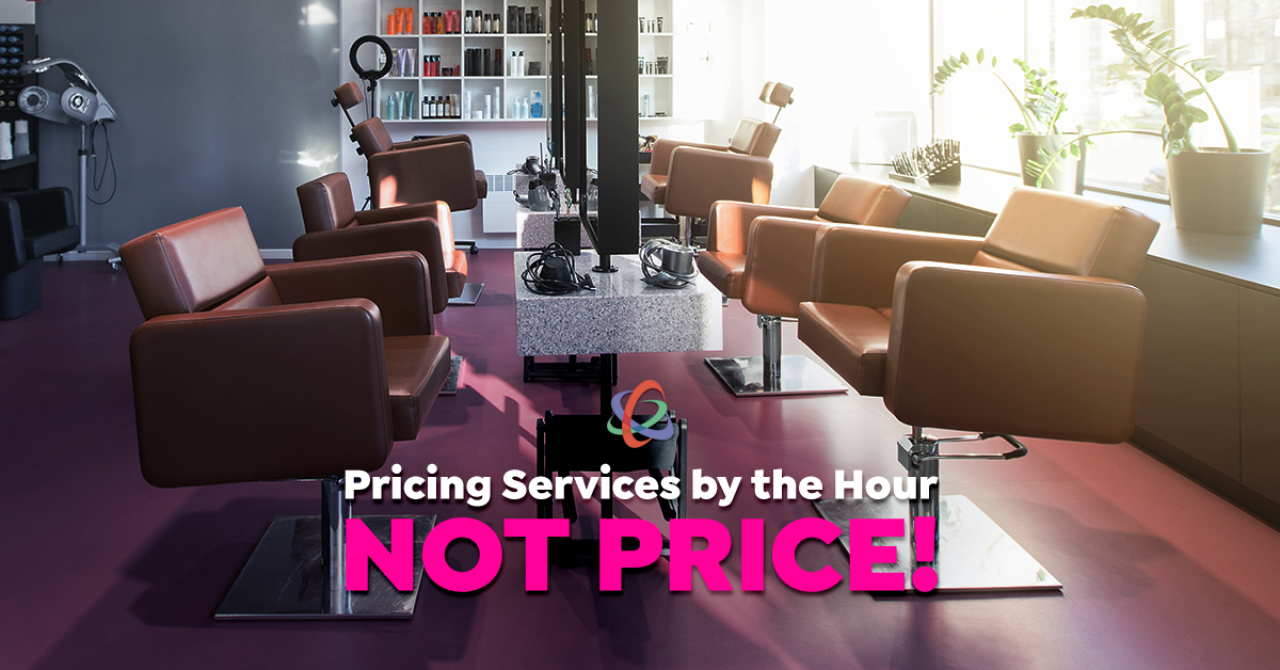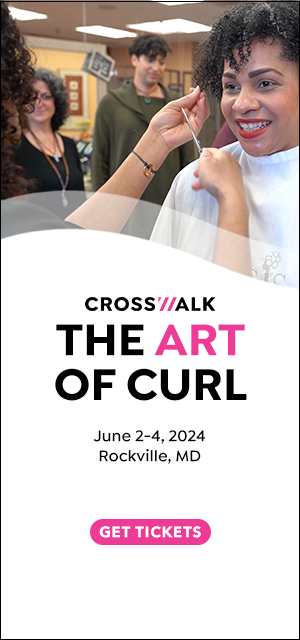Pricing Salon/Spa Services by the Hour — Not Price

Imagine looking at your appointment book and knowing exactly how much profit every booked hour was going to generate.
Imagine every member of your team being well-versed in explaining the pricing for every service you offer.
Imagine getting rid of those complicated and seemingly endless price lists.
Now, imagine reinforcing your brand by using a pricing structure that charges for time, skills and expertise rather than the “name” of specific services.
AND … You should already be doing the following three things:
- You should be pricing your services based on “Cost per Hour + Profit Margin.”
- You should have established time standards for every service.
- You should be monitoring productivity rate to track “hours sold vs. hours available for sale.”
If you’re doing the above, you’re so close to switching from giving clients a $$ price for a service to saying, “We charge by how long your service(s) will take.”
And when your clients understand why it benefits them, and why they get the best salon/spa services possible instead of the fastest, they’ll really love the idea and believe in it.
This week’s blog post gives you the why, what and how to begin pricing your services by the hour, or fraction of an hour.
Why charge by time:
- Except for retail, salons and spas are in the business of selling time.
- Charging for time puts value back into skill and expertise.
- Simplifies up-selling and the potential for underpricing.
- Everything, including professional products, is included in the time quoted.
- Service providers are notorious for underpricing and giving services away. Charging by time puts an end to this.
- Clients know what they’re going to pay.
- Drastically simplify your service menus
- It’s time to charge for your time like other professionals do.
What charging by time means:
- It drives efficiency and productivity because the focus is now on time.
- It’s easy to understand and communicate to clients. Once you have your price per hour, it’s easy to break it down into 45-, 30- and 15-minute price/time increments.
- Higher revenues because nothing slips through the cracks.
- Your salon/spa must have a skill certification program to train and coach service providers to work within time standards.
- It simplifies and reduces miss-quoting price on the phone or during consultations. Example, “This service requires two hours. We charge $XX per hour.”
- Yes, processing time is included in the time fee.
How to price services by the hour:
FACT: Service pricing begins with knowing your cost per hour. Once you know the cost to deliver one hour of service, you can add your desired profit margin.
For simplification, the following steps are a condensed version of the process we teach and coach at Strategies.
Step One: Determine the average revenue-producing hours your salon/spa has for sale a month.
- This is the total number of scheduled hours you have available for sale in one month. This is different from the number of hours SOLD.
- Scheduled hours ARE NOT based on the total number of chairs, stations, treatment rooms, and the total hours your salon/spa is open.
- You only sell scheduled hours if there is a service provider scheduled to perform those services.
- Example: 10 service providers schedule 36 hours per week x 4.3 weeks. 10 x 36 x 4.3 = 1,548 scheduled hours for sale per month.
Step Two: Calculate the average number of hours sold per month.
- Multiply your monthly scheduled hours by your average or projected productivity rate.
- Example: 1,548 x 80% productivity rate = 1,238 hours sold per month
Step Three: Calculate your average monthly operating costs … not including retail product cost.
- Using recent Profit & Loss Statements, calculate your total average monthly Cost of Sales (service payroll, professional product costs, credit card processing) and your total average General & Administrative Expenses (guest services payroll, owner pay, rent, utilities, and every other operating expense).
- Important: Do not include any retail product cost in your calculation.
- Example: $98,000
Step Four: Calculate your Cost Per Service Hour sold.
- To arrive at your cost per hour sold, divide step three (average monthly operating costs) by step two (average hours sold per month).
- Example: $98,000 ÷ 1,238 = $79.16 (your Cost per Hour)
You now have the exact cost to deliver one hour of service.
Calculating service pricing based on cost per hour
OBJECTIVE: To find the best price for selling salon/spa services based on time, cost, and desired profit margin.
PROFIT MARGIN is the difference between the selling price and cost. If you want a profit margin of 15%, divide your cost by 85%. (100 – 15 = 85) Don’t make the common mistake of just adding 15% to the cost to get your selling price. You will not get the full 15% profit margin that way.
- IMPORTANT: “Profit margin” and “mark-up” are different calculations.
EXAMPLE: If your cost per hour is $79.16, and you want a 15% net profit (best to build in margin for error), the math looks like this:
To price a 60-minute service: $79.16 ÷ 85% = $93
You now have the exact price of a 60-minute service with a 15% profit margin. Once you have this number, it's easy to calculate pricing for every 15 minutes your business has for sale in order to accurately price services that are longer/shorter than 60 minutes.
To calculate pricing per 15 minutes: $93 x .25 = $23.25
EXAMPLES:
To price a 45-minute service: $93 x .75 = $69.75
To price a 90-minute service: $93 x 1.5 = $139.50
A NOTE ABOUT PRODUCTIVITY RATE
The higher your productivity rate — the more efficiently you’re utilizing your resources — the lower your cost per hour and the higher your profit margin. Likewise, if your productivity decreases, your cost per hour increases and the lower your profit margin will be.
What service pricing by time looks like at Fallene Wells’ Let Em Have It Salon” in Denver, CO.
Our switch to charging for time has gone surprisingly well. I’m sure we’ll have some clients that will prefer our old pricing — but we’re not building our company around them.
Here’s how we communicate our new pricing to clients: “For us to be more transparent and fair in our pricing, we are now booking and charging by how much time you will take based on what you’d like to achieve.”
Client response is that it just makes sense. In some cases it’s $50 more, in others it’s $10 more.
We’re honoring their old rate if they pre-booked and charging the new rate for people that didn’t and that are new.
Here’s my challenge to you: Salons and spas have struggled with pricing pretty much forever — especially when it’s time to raise prices.
The challenges that COVID-19 brought to salons/spas in terms of increased operating costs, reduced occupancy, and future uncertainty, aren’t going away anytime soon.
This means that everything and anything that can be done to ensure and protect profitability must be done.
Pricing service by the hour rather than price just makes sense in both simplicity and effectiveness.
Click here to explore how Strategies can assist your salon/spa through this process.








Comments
No comments found. Start the conversation!
Leave a Comment